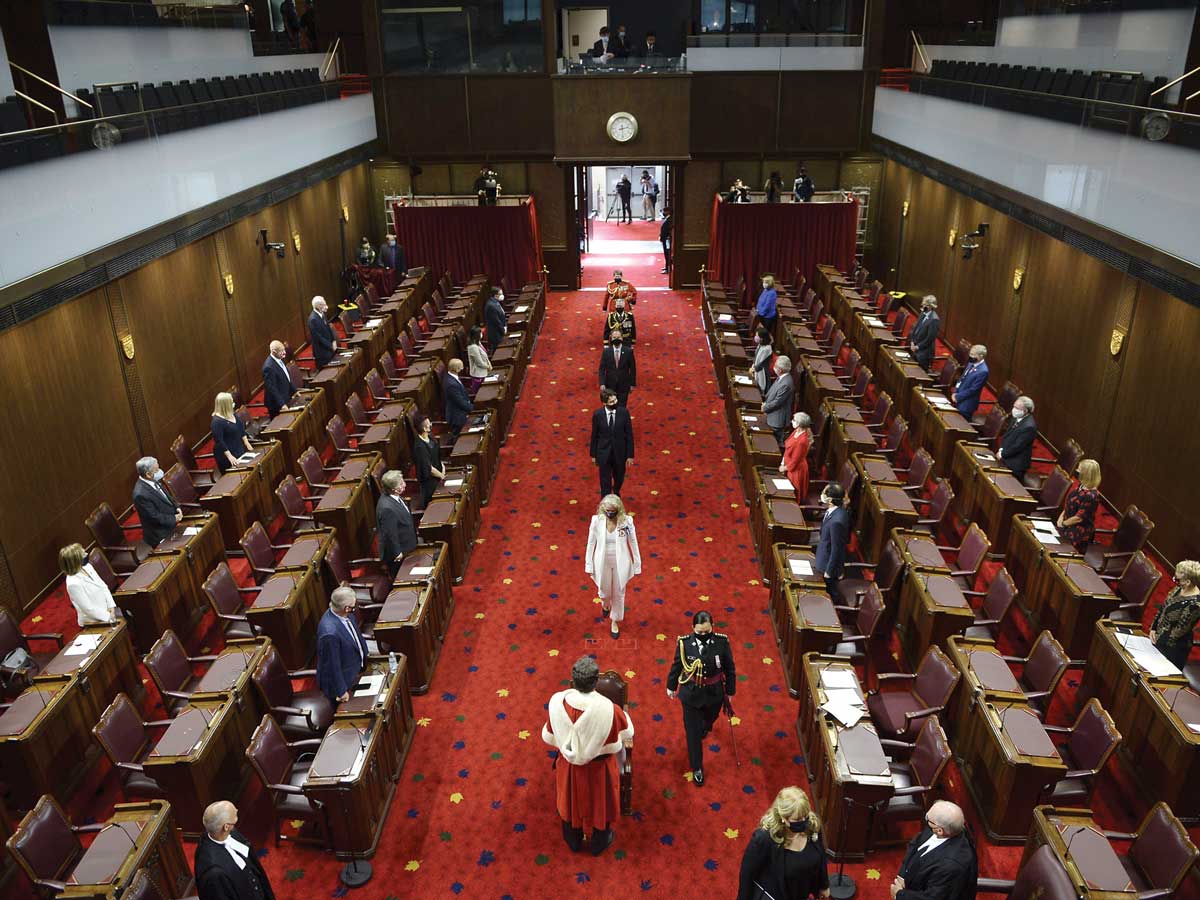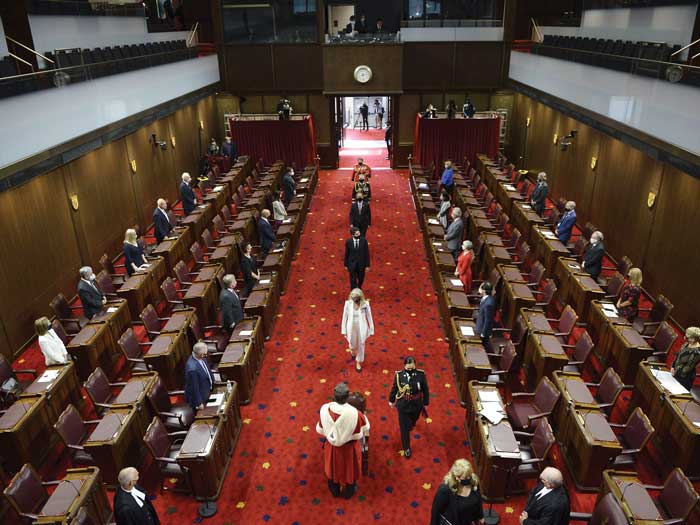
Why does Canada’s tax system have to be so complicated?
 The government has promised easy tax filing but could do more for low-income Canadians (Getty)
The government has promised easy tax filing but could do more for low-income Canadians (Getty)
Among the plans laid out in September’s Speech from the Throne, the government said it will introduce free, automatic tax filing for “simple” returns to ensure people receive their much-needed benefits. For lower-income and vulnerable Canadians who find their taxes anything but simple, this could be a great step forward. But it’s only one step on the road toward simplifying the tax system for everyone.
Even at the best of times, tax policy-makers and administrators should aim to minimize the time spent by people and organizations to meet their obligations and access social benefits. Now more than ever, the tax system should rely on reasonable policies and cost-effective processes and technology to make tax filings, transactions and interactions as easy as possible for everyone.
The pandemic has underscored the importance of simplicity in tax policy design. At a time when delivering financial aid to vulnerable and lower-income Canadians was critical, the tax system was challenged, forcing the government into a tricky balancing act.
On one hand, tax deadlines (including waivers of interest and penalties) were pushed back to the fall to give Canadians more time to prepare their returns and make their tax payments amid the disruption.
On the other, lower-income and vulnerable Canadians were urged to get their returns in by late summer to avoid having their benefit payments interrupted—but without many of the usual supports that they need to prepare their returns properly, such as access to in-person volunteer tax clinics.
Although the government has taken steps to ease benefit applications, one key thing has not changed—you must file a personal tax return to claim most payments. For many lower-income Canadians, this is no small task. In fact, because so many tax credits and benefits are granted based on income, preparing tax returns for many lower-income earners can be harder than it is for those with higher incomes.
Tax policy-makers should aim to minimize the time People spend to access benefits
Over 20 non-refundable tax credits can be claimed on T1 personal tax returns. Many of these, like the credits for people with disabilities and medical expenses, are based not only on income but also on other, often complex eligibility requirements. There are also a number of special deductions with strict criteria that can be claimed for people in various situations.
For some groups, such as students, filing a tax return also opens secondary opportunities. They can transfer unused tuition amounts to a supporting person, claim unused amounts in later years, or report earned income from summer jobs that they can claim for RRSP purposes later in life.
Much of this support gets left on the table because many eligible Canadians don’t file the returns needed to claim it. Some don’t understand that some federal and provincial support payments may be receivable even if you aren’t liable for income tax. Some are confounded by the thresholds and clawbacks based on family net income that complicate certain claims. Others may be overwhelmed by the lengths they need to go to determine whether they qualify and prove it to the CRA when they do.
It’s for reasons like these that an automated tax filing program would be welcome, but these same reasons could hold it back. These programs are in place today in countries like New Zealand and the U.K. But their personal tax systems are much simpler than Canada’s. It’s not clear whether such a program would work here without tackling complexity in tax policy as part of the process.
Apart from income such as self-employment and rental income, the CRA already has most income-related information needed for filing. Many of us already download this data to pre-populated tax forms using the CRA’s “Auto-fill my return” service. But the CRA does not have information to enable the same support for most credits and deductions.
To fully automate the system, we think it will be necessary to reduce the tax preferences where the claimant must:
- determine whether they qualify
- supply the information needed to calculate and report the reduction
This could be achieved by allowing for standardized deductions or credits based on what lower-income Canadians reported in the past. In line with Canada’s system of self-assessment, taxpayers should still have the option to itemize their claims if it’s to their advantage.
Streamlining the rules to enable automated tax filing fits well with another government plan. A 2019 election pledge committed the government to conduct a comprehensive review of tax expenditures, aimed at eliminating unfair tax breaks for wealthy Canadians. We urge the government to expedite this review and to broaden its mandate to streamline tax credits and deductions and eliminate inefficient or poorly targeted tax preferences. This will help pave the way for a more automated tax system that works fairly and efficiently for all Canadians.
COVID-19 AND TAXES
CPA Canada is a respected and influential voice, relaying matters raised by our members to the Canada Revenue Agency and working collaboratively to identify solutions. Be sure to check back regularly for updates.
You can also sign up for our tax blog, by checking Tax Blog under My Subscriptions in your profile.